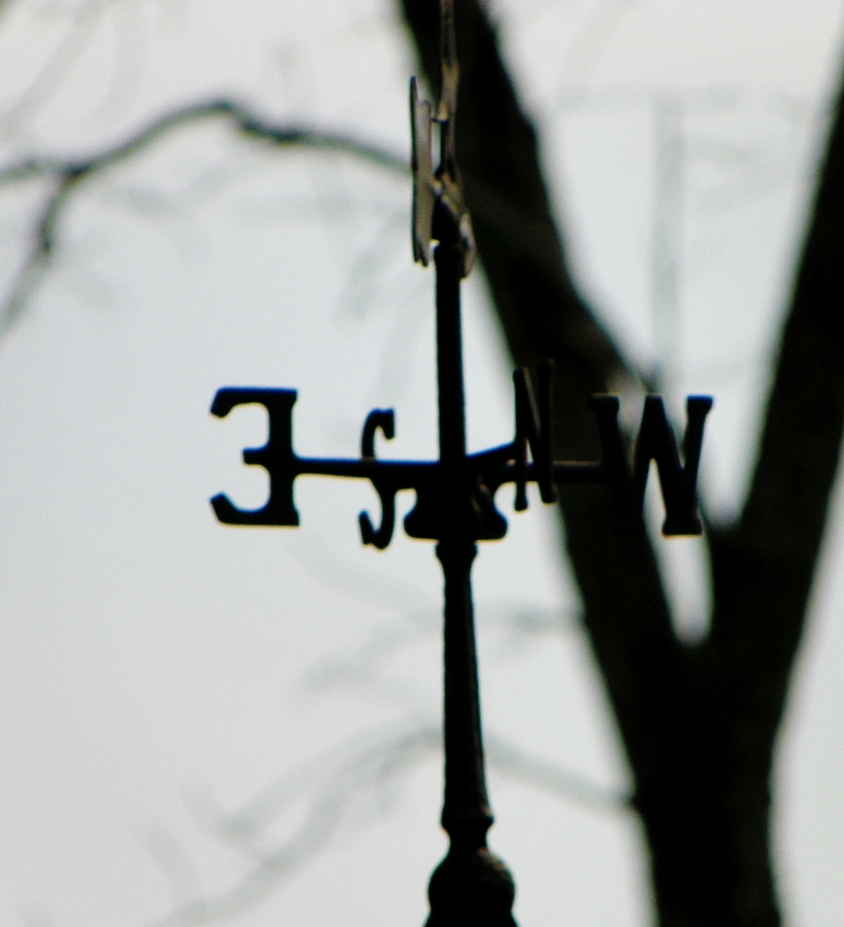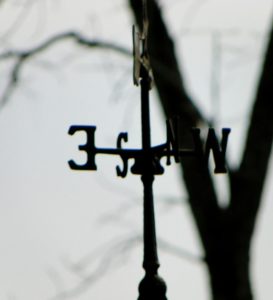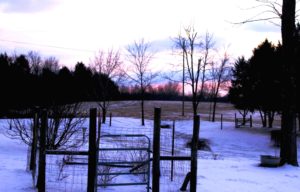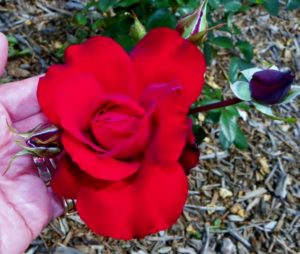
Rouge Ardeur (Red Passion)
Heirloom…French ?
This rose is so deep, almost black, the scent is light, yet almost spicy?
The red rose represents the passionate love that one brings to the loved one. There is romance in the bouquet of red roses but also the fervor and a strong ardor: it is the crazy love, which will not be stung by the thorns, a love that just is…
Gallicas are the oldest of the old garden roses, having been grown by the Greeks and Romans and later bred by the Dutch and French as many of the names indicate. Gallicas have been involved in the development of all four other classes of old garden roses and have influenced, at least to some small degree, nearly all garden roses to the present. Their great colors range from shades of pink, reds, and purples to crimson red with stripes. The single, double, or semi-double blooms are held either singly or in groups of three. The bushes are easily recognized as low suckering shrubs with foliage that is oval, pointed and has a rough texture that is typically dark green…can be kept as a low shrub or allowed it will grow as tall as 5 to 7 feet…..supposedly…I keep it low and shrub form.
Mine was a gift cutting from an herbalist friend, who dates hers to the great-great grandfather’s era (brought from France to Virginia to Tennessee..I doubt it can be found in the open market place…

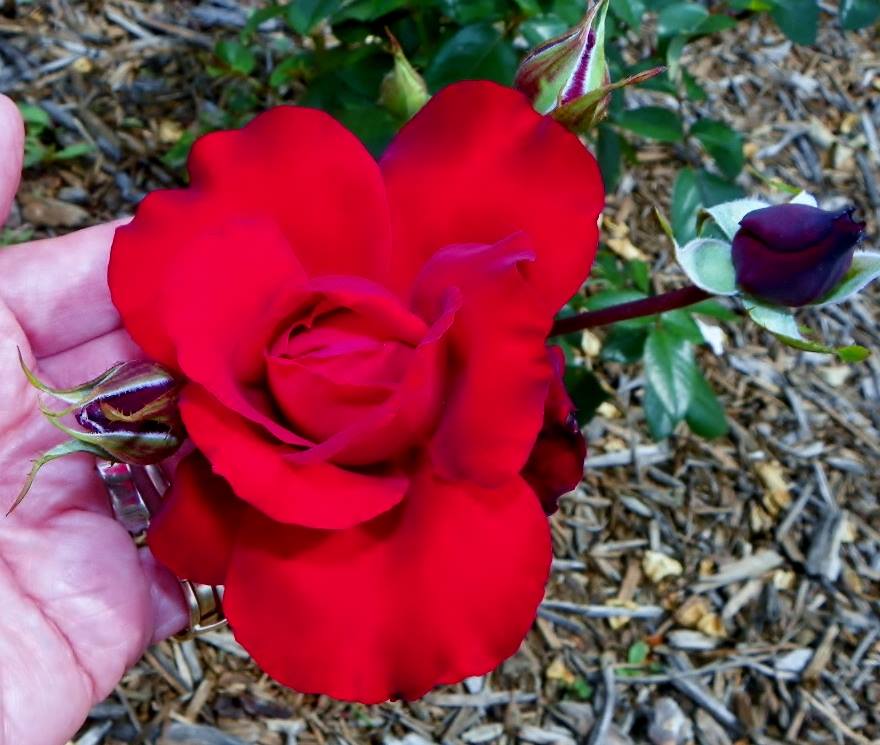
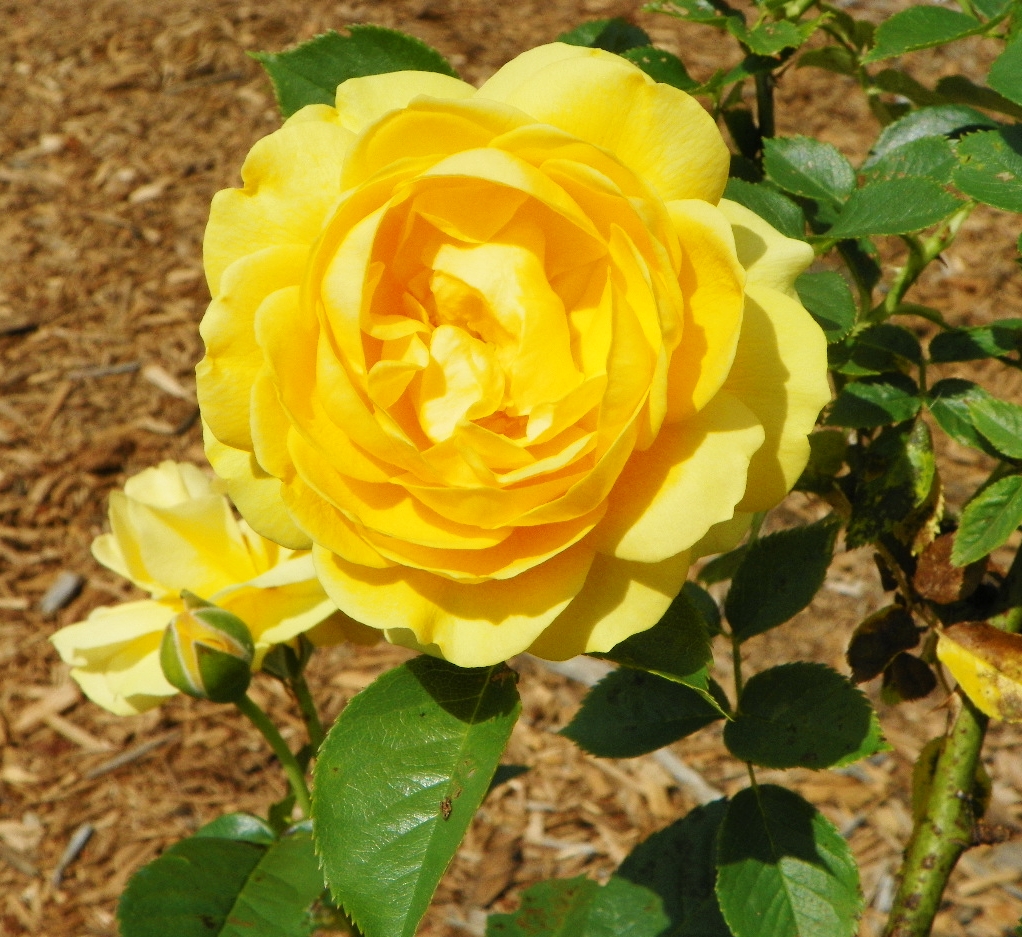
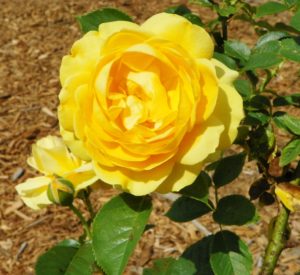
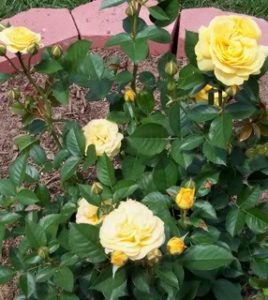

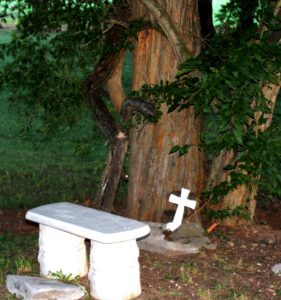


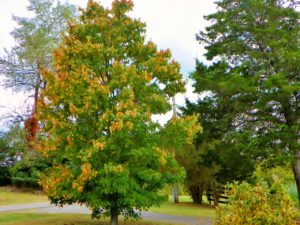
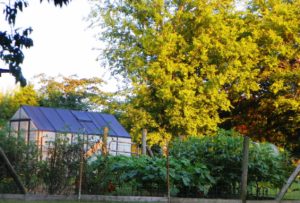
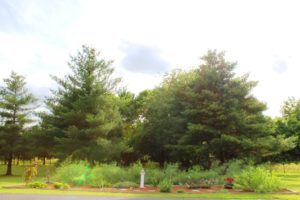
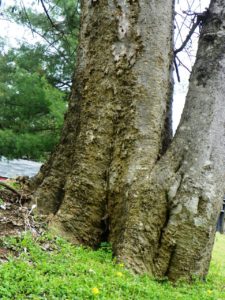
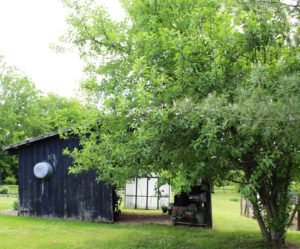
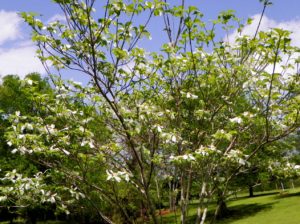
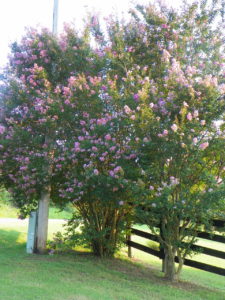
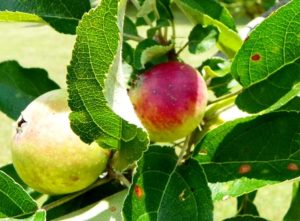
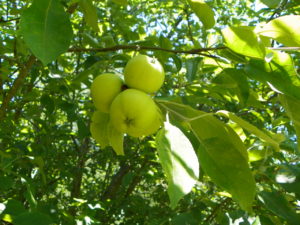

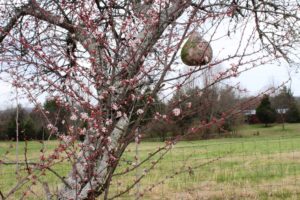
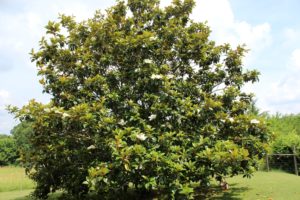
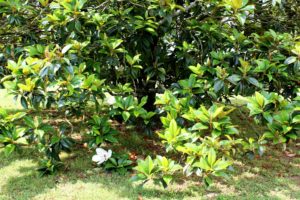
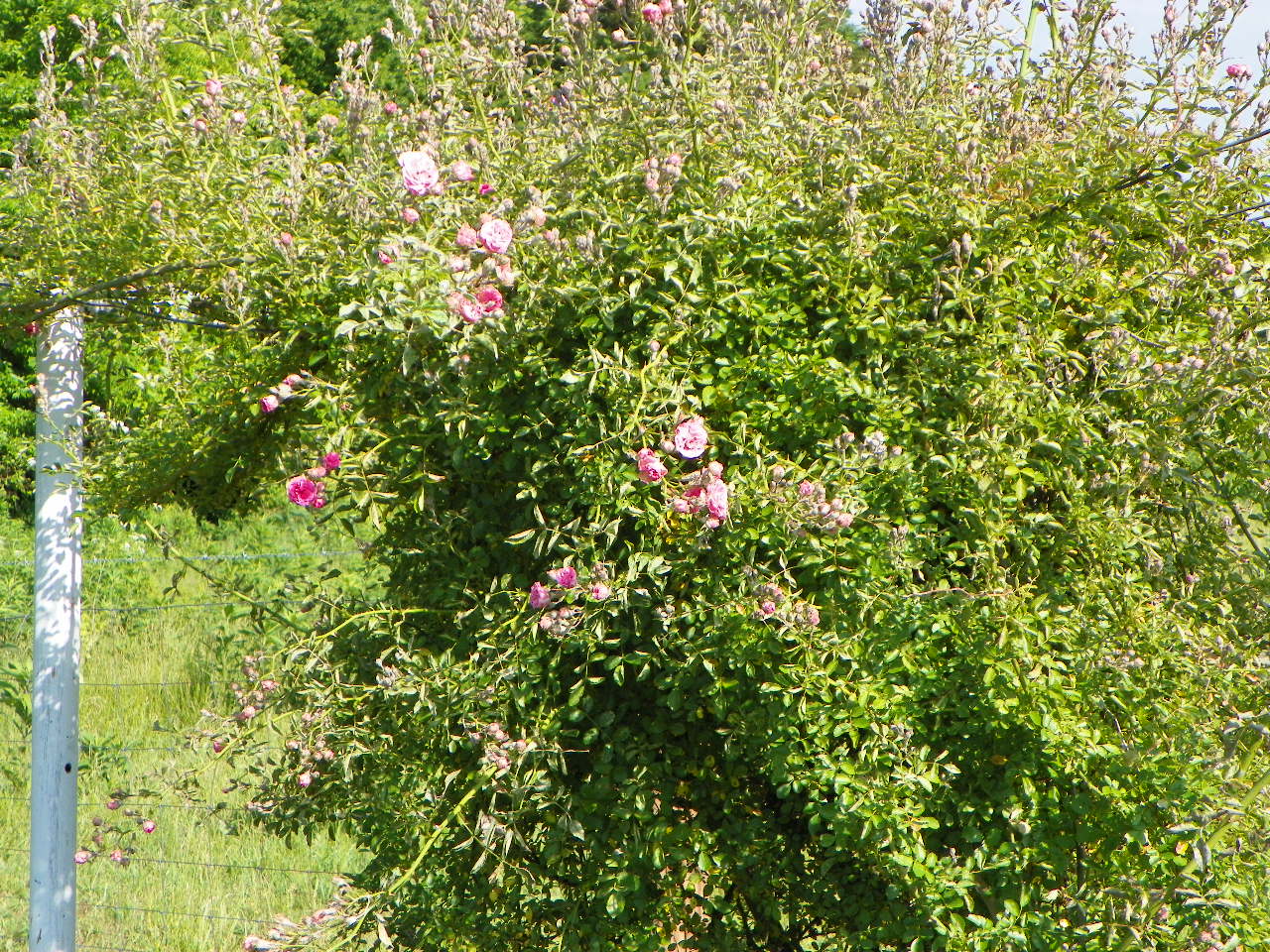

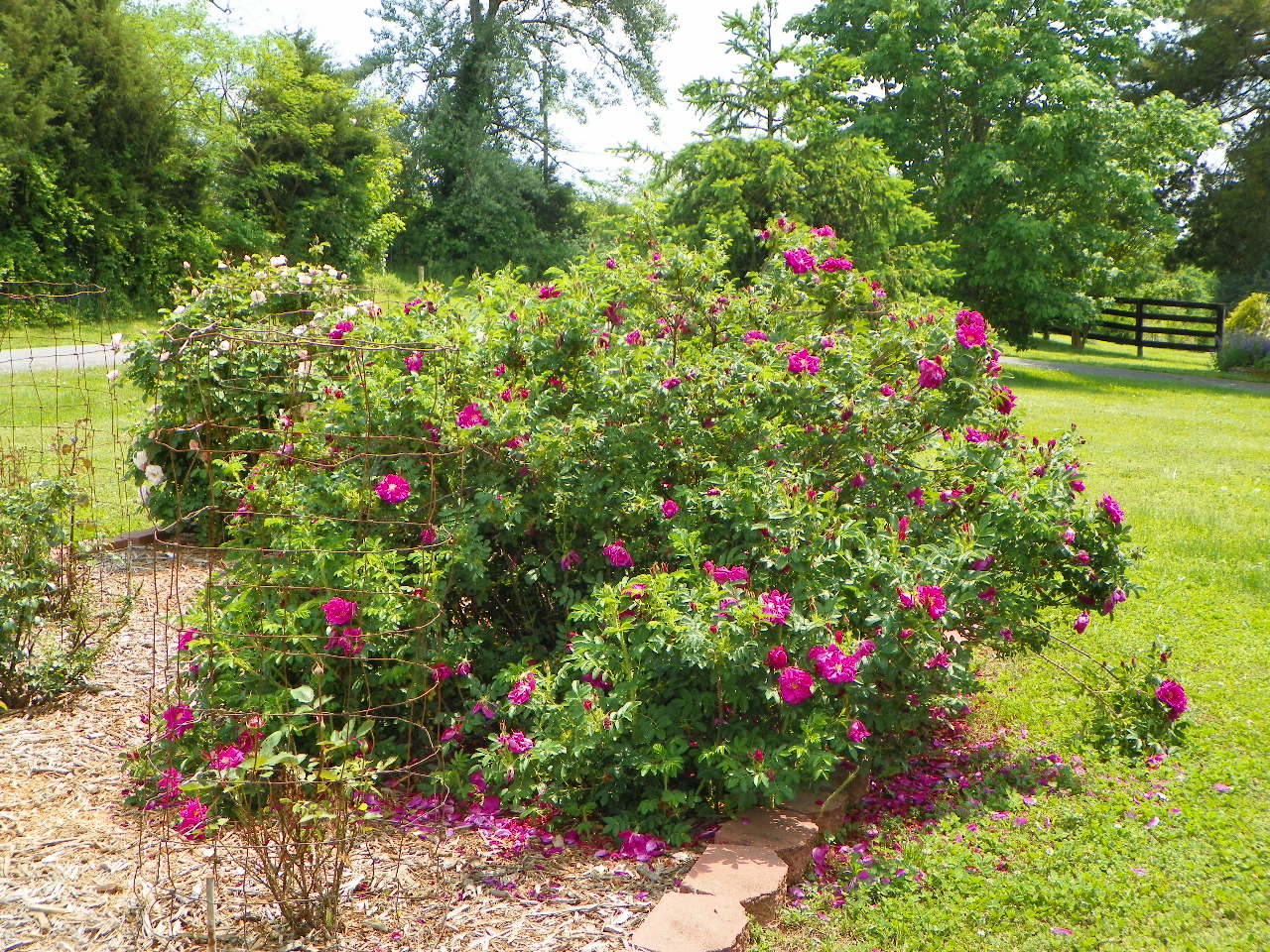
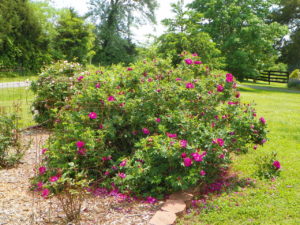
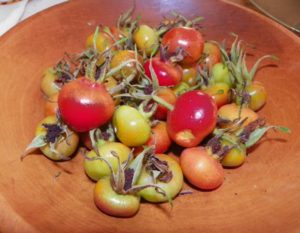

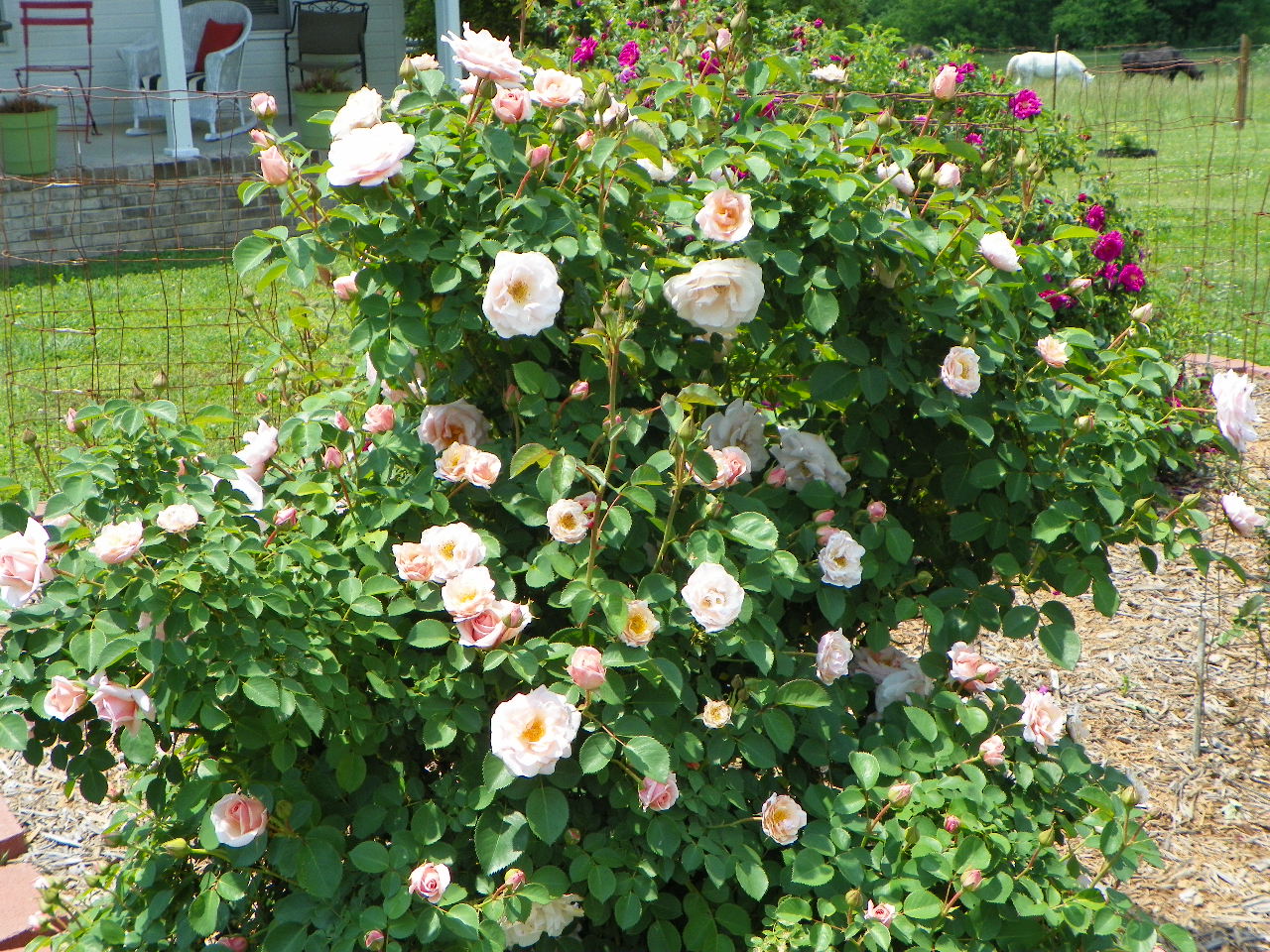
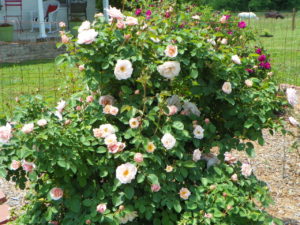
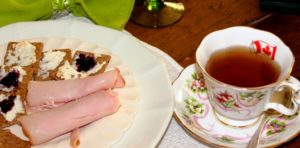


 I sometimes enjoy sharing “cool stuff” I find in my reading or traveling. I found this in the news magazine “Mother Jones”… (I first shared it in 2008)
I sometimes enjoy sharing “cool stuff” I find in my reading or traveling. I found this in the news magazine “Mother Jones”… (I first shared it in 2008)